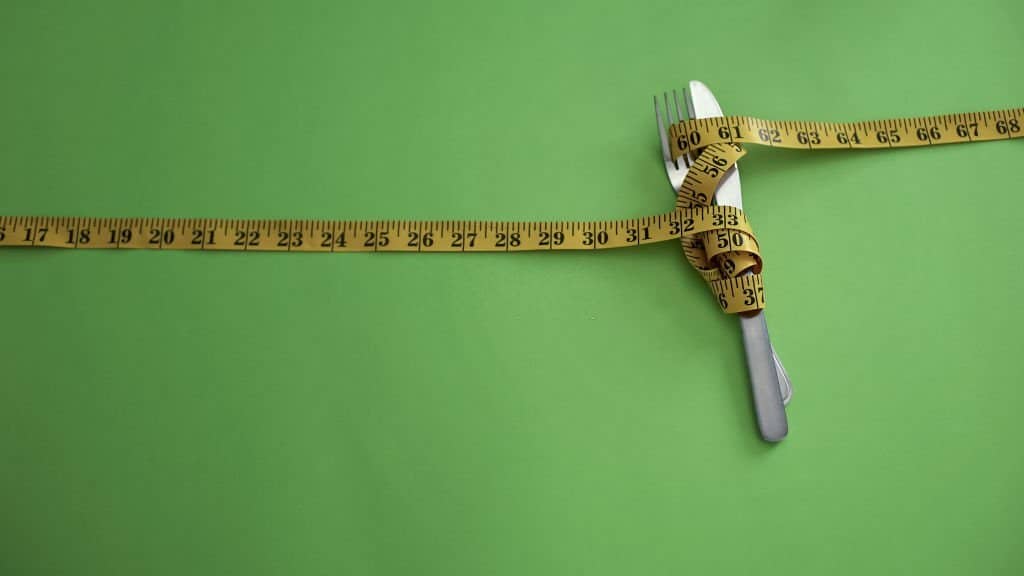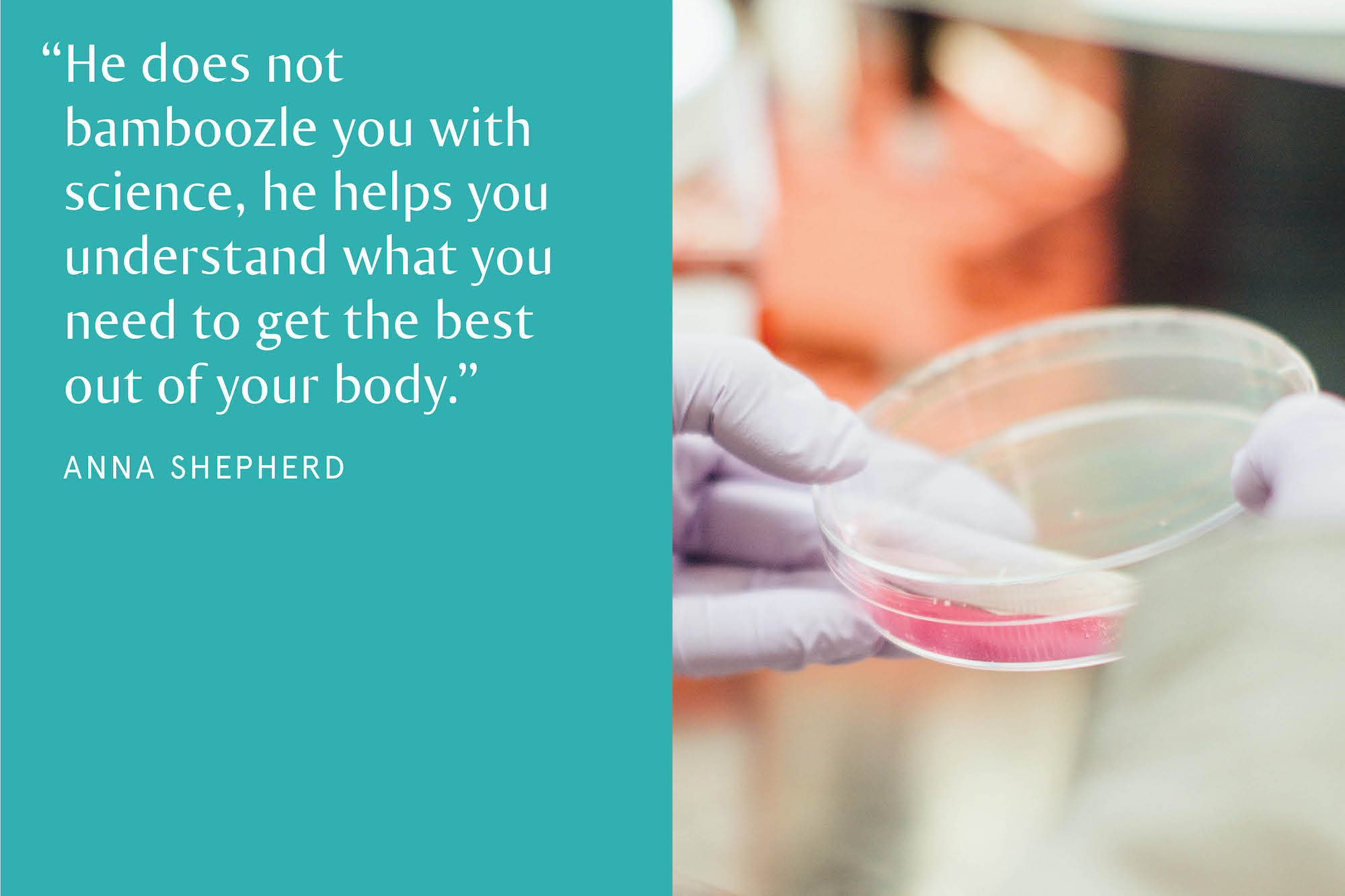How do I know whether I have an eating disorder?
When living with an eating disorder, it can be hard to realise that you have an illness. This is especially true if you’ve been living with it for a while because so many of the symptoms and behaviours have become normalised.
So rather than looking at the diagnostic criteria for each type of eating disorder, it’s often easier to look at the symptoms that can occur with an eating disorder, which I’ve included below.
Obviously, there are many different types of eating disorders, so not every symptom will be applicable.
There can also be opposite responses that occur in different eating disorders. So, for example in some eating disorders, like binge eating disorders, there can be an increased focus and preoccupation with food. Whereas in ARFID, another eating disorder, there can be a lack of interest in food.
Recognising that you have an eating disorder is the first step in recovery. Have a look through the lists below and see how many symptoms are occurring for you:
Symptoms
Physical Symptoms (that you’ll notice)
- Feeling cold and increased sensitivity to the cold, with the need to wear more layers. This can lead to pain and the symptoms of Raynaud’s disease
- Numbness and tingling in your hands, feet, and other extremities
- Poor sleep with difficulty falling asleep, staying asleep, increased nightmares, night sweats and restlessness
- Increased digestive upset – gas, bloating, constipation, adnominal pain, loose stools, undigested food in stools, acid reflux, and delayed stomach emptying
- Decreased pulse, heart palpitations and irregular heartbeat
- Low blood pressure, leading to the occurrence of dizziness and feeling faint (especially when getting up or with exercise). Can even lead to blackouts
- Hypoglycaemia or low blood sugar. This can also lead to dizziness and feeling faint, as well as nausea. In extreme circumstances, it is deadly
- Decreased metabolic rate
- Decreased libido, often with menstrual cycles becoming irregular or stopping altogether in women and lack of erections or erectile dysfunction in men
- Vaginal atrophy leading to pain with sex and vaginal itchiness or dryness
- Brittle hair, nails, and skin and where these grow and repair more slowly
- Poor dental and gum health
- Increased craving for salt
- Increased desire for hot beverages, especially caffeinated drinks
- Increased frequency and urgency of urination
- Muscle cramps and pain (which counter-intuitively can be worse with rest or with the cessation of exercise, at least in the short term)
- Decreased training performance or ability to exercise (although with something like walking, this can be overridden). Often in the beginning, even as the body is being undernourished, exercise performance increases. But as time goes on this stops
- Oedema or swelling. Can happen all over, but commonly in the ankles, feet, legs, arms, under the chin, cheeks and around the eyes
- Cuts are slow to heal, bruising occurs more often and takes longer to heal
- Increased incidence of bone fractures or injuries
- Elevated carotene in the blood, which can lead to a yellowing of the skin
- Immune system changes – for some this means many recurrent infections, for others, this means never getting sick
- Anaemia or lower amounts of red blood cells (these are the ones that carry around oxygen). This can lead to lower energy, but in restriction can feel like you are tired and wired
- Shortness of breath
- Difficulty swallowing
- Lanugo, which is fine hair that develops over the body
- Increased pain threshold – you become more numb to physical body signals
- Scars on knuckles and hands
- Sore throat and canker sores or ulcers in the mouth
- Feeling uncomfortably full after eating, which can happen both with a small amount of food or after a binge
Physical Symptoms (you won’t directly notice)
- Reduction in heart size
- Brain atrophy
- Bone density reduction
- Reduction in the actual size and capacity of the bladder
- Electrolyte imbalance
Mental/Emotional Symptoms
- Increased neuroses like depression, anxiety, hypochondria, hysteria. This can lead to suicidal ideation
- Increased irritability and impatience
- Increased paranoia and defensiveness
- Inflexibility in your thinking
- Increased food thoughts and preoccupation, especially around calories, fat grams, carbohydrates, “eating healthy”. This can be obsessive and also anxiety-provoking
- Lack of interest in food
- Hyper awareness of food and movement – noticing what other people are eating, triggered by comments of others doing exercise or dieting
- Fear of eating too much and of calorically dense or supposedly “unhealthy” food
- Fear of texture, smell or appearance of certain foods
- Fear of weight gain and feeling “fat”
- Regret and guilt because of eating
- Eating becomes highly emotional – whether that means incredibly difficult and challenging as well as eating being so prized and defended and the highlight of the day
- Dreams about food
- Fear of vomiting
- Fear of stillness and stopping moving
- Difficulty focusing and concentrating (although in the beginning, the opposite can be true)
- Loss of ambition
- Feeling more alone and shut off, which in reality can also be the case where you are isolating yourself more often or all the time
- Indecisiveness – with food choices but with decisions in general
- Obsession with weight and body checking
- Sensitivity to noise and crowds. Many clients are Highly Sensitive People (HSPs) and this makes things even worse
- The dulling of senses and emotions, feeling numb
- Increased incidence of dissociation, often as a coping mechanism to deal with exercise or the difficulties of life
- Body dysmorphia and seeing your body differently from how it is in reality
Behavioural Symptoms
- Increased length of mealtimes, eating more slowly, eating foods in a specific order or other rituals around eating i.e. using the specific cutlery or plates, eating at an exact time
- Times of increased speed of eating and episodes of binge eating, especially when eating food you would normally avoid
- Chewing and spitting out food. Or regular use of chewing gum or low-calorie sweets
- Vomiting, taking laxatives or diuretics, enemas and/or fasting
- Hiding food and eating secretly
- Avoiding eating in front of others
- Using dietary supplements or herbal products for weight loss
- Cooking food for others without eating yourself
- A focus on trying to take care of everyone else instead of yourself
- Increased interest in preparing food, reading recipes, buying cookbooks and watching food-based TV programmes
- Eating a limited number of foods with fear of deviating from this list
- A rigid and excessive exercise routine that causes distress when you try to change it
- Increased walking, housework, standing, fidgeting, and pacing. Favouring occupations that allow for movement
- Withdrawal from friends and activities that used to be of interest
- Reluctance to participate in activities where the body will be viewed by others i.e. swimming. This is true even if someone’s body meets up to society’s standards and they supposedly have “nothing to hide”
- Engaging in self-harm
- Frequently dieting
- Possessiveness and hoarding – cookbooks, recipes, or keeping the fridge completely stocked with food. Also hoarding non-food items like plastic bags, magazines, cleaning items, etc
- Kleptomania, which is the urge to steal. This can be food items but can be non-food stuff
- Eating food out of the bins or food that has been thrown away
- Compulsive spending or being extremely frugal. These are at opposite ends of the spectrum but both can occur
- Prone to form strong habitual habits
- Increased OCD or OCD-like behaviour
- Increased ability to lie, particularly in connection with food. This isn’t always the case but if someone isn’t ready to give up the disorder, this can occur
Reading through the above lists, how many of the symptoms, thoughts, feelings and behaviours are occurring for you? Getting my help as an eating disorder recovery coach can get you on the road to recovery.




